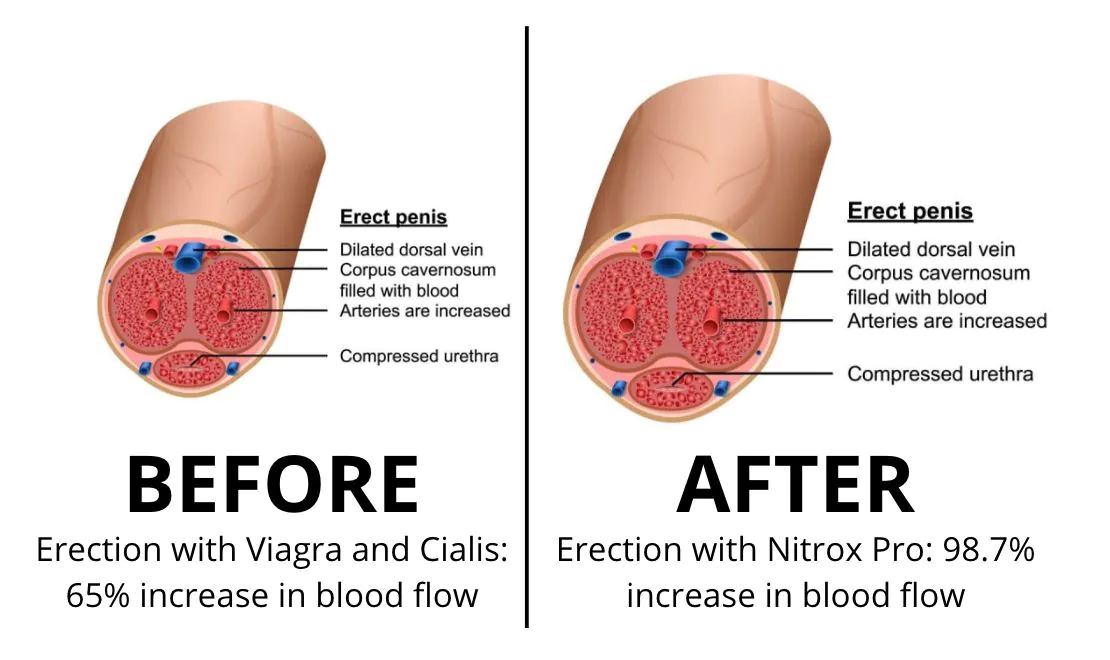The rise of strength training programs specifically for aging men highlights essential benefits like improved muscle mass, better bone health, and enhanced mental well-being. Older adults can safely start these programs by consulting healthcare professionals, setting realistic goals, and focusing on effective exercises tailored to their needs.
The rise of strength training programs specifically for aging men represents a significant shift in fitness culture. As more men reach their golden years, the importance of tailored fitness solutions is undeniable. Strength training not only promotes physical health but also enhances mental well-being, fostering a sense of empowerment. In this article, we will delve into the various facets of strength training, including its health benefits, effective programs, and how to get started regardless of your fitness level.
Understanding Strength Training for Aging Men

Understanding strength training for aging men is essential as it addresses unique physical challenges and enhances overall well-being. As men age, muscle mass naturally decreases, leading to weaknesses and an increased risk of injury. Incorporating strength training can counteract this decline and promote a healthier lifestyle.
What is Strength Training?
Strength training involves lifting weights or using resistance to build muscle and improve strength. It is beneficial for men of all ages, but especially for older adults. Engaging in regular strength training can help with balance, flexibility, and stamina.
Why Aging Men Should Consider Strength Training
Aging men experience reduced bone density and muscle strength, which can limit mobility and independence. By participating in strength training programs, they can:
- Enhance muscle mass and strength
- Improve bone density
- Decrease the risk of falls
- Boost metabolism
- Improve mental health and mood
Types of Strength Training
There are various types of strength training suitable for aging men, including:
- Bodyweight exercises: These utilize your body’s weight to build strength, such as push-ups, squats, and lunges.
- Resistance bands: These provide varied resistance levels and are excellent for beginners.
- Free weights: Dumbbells and kettlebells can also be used to enhance strength effectively.
- Weight machines: These provide guided movements, making them accessible and safe.
Regardless of the choice, emphasizing proper form and technique is crucial to prevent injury.
Consulting a Professional
Before starting any strength training program, it is wise to consult a healthcare provider or fitness professional. They can provide personalized recommendations, assess individual fitness levels, and help create a safe and effective workout plan.
Health Benefits of Strength Training

Health benefits of strength training for aging men are numerous and can significantly enhance quality of life. As men age, maintaining physical health becomes more crucial, and strength training offers vital advantages.
Muscle Maintenance
One of the primary benefits of strength training is its ability to maintain and build muscle mass. As men grow older, they tend to lose muscle at a rate of about 1% per year. Engaging in regular strength exercises helps to slow this process and even reverse muscle loss.
Bone Health
Strength training also promotes better bone health. Lifting weights helps to increase bone density, reducing the risk of osteoporosis and fractures. Older men are particularly vulnerable to bone loss, making strength training an important part of their fitness regimen.
Improved Metabolism
Another significant benefit is the boost in metabolism. Strength training increases muscle mass, which requires more energy to maintain than fat. This means that the more muscle mass one has, the higher their resting metabolic rate will be, aiding in weight management and overall energy levels.
Enhanced Joint Function
Strength training can improve joint function and reduce pain. It strengthens the muscles surrounding the joints, providing better support and stability. This can lead to a significant decrease in joint pain and discomfort, especially for individuals with arthritis.
Better Mental Health
Beyond the physical benefits, strength training also contributes positively to mental health. Engaging in exercise releases endorphins, which can help alleviate feelings of depression and anxiety. Additionally, setting and achieving fitness goals can boost self-esteem and confidence.
Improved Balance and Stability
Regular strength training enhances balance and stability, which are critical as men age. Improved balance helps in preventing falls, a common issue among older adults. Exercises focusing on core strength and stability are particularly beneficial.
Effective Strength Programs for Older Adults

Effective strength programs for older adults focus on safety and accessibility while delivering the benefits of strength training. These programs can vary widely, and here are some key elements to consider when creating or choosing an effective strength training program.
Program Structure
Programs should typically be structured to include:
- Warm-up: Start with a gentle 5-10 minute warm-up to prepare the body for exercise. Activities like walking or light stretching can increase blood flow and reduce injury risk.
- Strength Training Exercises: Incorporate exercises targeting major muscle groups such as legs, arms, back, and core. Aim for 2-3 days a week with at least one day of rest between sessions.
- Cooldown: End each session with a cooldown period, including light stretching to enhance flexibility and reduce muscle tightness.
Types of Effective Exercises
Older adults can benefit from a variety of exercises:
- Bodyweight Exercises: These include squats, wall push-ups, and lunges that help maintain mobility.
- Resistance Bands: These are versatile and can be used for various exercises, making it easier to adjust resistance levels.
- Dumbbells: Incorporating dumbbells can enhance strength training with additional weight, allowing for more progressive training.
- Functional Movements: Incorporate exercises that mirror daily activities, such as sit-to-stands or step-ups, to improve overall functionality.
Monitoring Progress
It’s important for older adults to monitor their progress. This can involve:
- Keeping a workout journal to track exercises, weights used, and repetitions.
- Periodically testing strength levels by using the same exercises to check improvements.
Safety Considerations
Always focus on safety:
- Consult a healthcare provider before starting any new program, especially if there are existing health conditions.
- Start slowly, gradually increasing intensity and weights as strength builds.
- Maintain proper form during exercises to prevent injuries.
Group Programs
Consider joining group strength training classes tailored for older adults. These classes provide social interaction, motivation, and professional guidance, making it easier to stick with a routine.
Getting Started with Strength Training

Getting started with strength training can be a rewarding experience for older men looking to improve their health. Below are essential steps to begin the journey safely and effectively.
Consult a Healthcare Professional
Before starting any exercise program, it is crucial to consult with a healthcare professional. They can help assess current fitness levels, highlight any potential risks, and provide personalized recommendations.
Set Realistic Goals
Setting achievable goals is important for motivation and success. Goals can be specific, such as improving strength in particular exercises or increasing endurance. Start with small objectives and gradually work toward more significant achievements.
Choose the Right Environment
Select a comfortable and safe place to exercise. This could be at home, at a gym, or in a community center with the right equipment. Consider group classes designed for seniors, which can offer support and motivation.
Start with Basic Exercises
Begin with simple exercises that focus on form and safety. Invite variety into the workout to keep it engaging. Some effective starter exercises include:
- Chair Squats: Strengthen legs and improve balance.
- Wall Push-ups: Work the upper body with minimal strain.
- Seated Leg Raises: Enhance thigh strength while seated.
- Resistance Band Exercises: These are great for beginners due to adjustable resistance.
Focus on Form
Proper form and technique are essential to prevent injuries. Take the time to learn the correct posture for each exercise. If uncertain, ask a trainer or watch instructional videos that demonstrate the movements clearly.
Establish a Routine
Create a regular workout schedule that fits comfortably into daily life. Aim for at least two to three sessions each week. Consistency is key to developing strength over time.
Progress Gradually
As strength improves, increase resistance or repetitions gradually. This helps avoid injury and makes workouts more effective. Listen to your body and rest if there is any pain or discomfort.
Embracing Strength Training for a Healthier Future
The rise of strength training programs specifically for aging men highlights the importance of physical fitness in maintaining health and independence as we age.
By understanding the benefits of strength training, engaging in effective programs, and taking practical steps to get started, older men can significantly enhance their quality of life.
Strength training not only builds physical strength but also positively impacts mental health, improves balance, and promotes better overall well-being.
As the journey to fitness begins, remember to stay consistent, focus on proper form, and celebrate the progress made along the way.
FAQ – Frequently Asked Questions about Strength Training for Aging Men
What are the benefits of strength training for older men?
Strength training improves muscle mass, bone density, metabolism, and overall balance, reducing the risk of falls and enhancing quality of life.
How often should older men engage in strength training?
It is recommended for older men to participate in strength training at least 2-3 times per week, allowing for rest days in between sessions.
What types of exercises are safe for older adults?
Safe exercises include bodyweight workouts, resistance band exercises, dumbbells, and functional movements that mimic daily activities.
Should I consult a doctor before starting a strength training program?
Yes, it is essential to consult with a healthcare professional to assess your fitness level and identify any potential risks.
How can I ensure I am using proper form during exercises?
Consider working with a trainer, watching instructional videos, or practicing in front of a mirror to maintain proper technique.
Can I start strength training at home?
Absolutely! Many effective strength training exercises can be done at home using minimal equipment like resistance bands and light weights.












